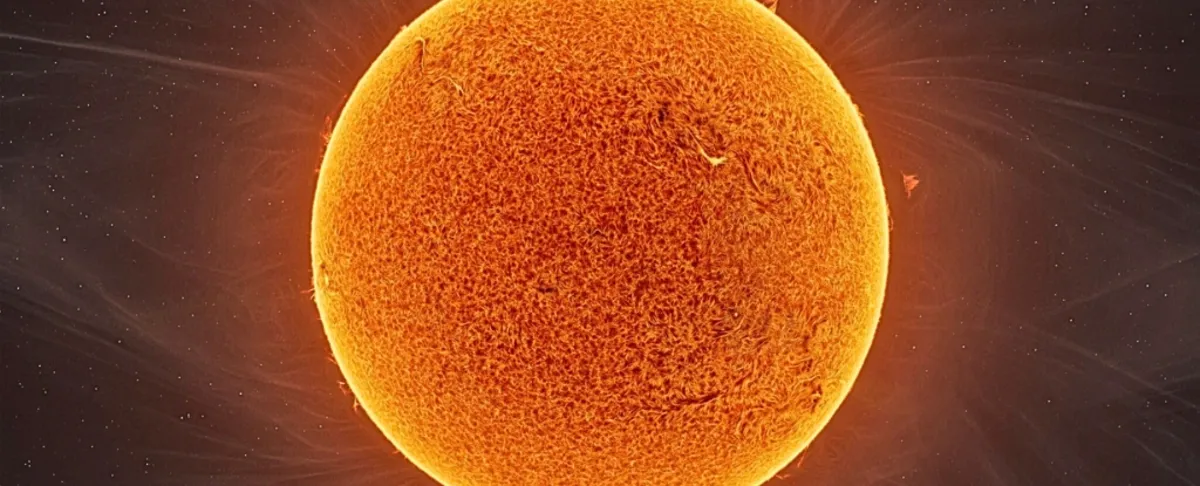
The music of starquakes—enormous vibrations generated by the bursting bubbles of gas within stars—holds the key to unlocking a wealth of information about the histories and inner workings of these celestial giants. Recent research published in Nature has shed light on the frequency signatures of starquakes across a diverse range of giant stars located in the M67 star cluster, nearly 3,000 light-years away from Earth. By analyzing data gathered from the Kepler space telescope's K2 mission, scientists have gained a unique perspective on the evolution of stars as they transition through the giant phase of their life cycles.
Starquakes occur in most stars, including our own Sun, which can be likened to a pot of boiling water. Hot gas bubbles rise and burst at the surface, creating ripples that propagate throughout the star. These vibrations manifest at specific resonant frequencies, allowing astronomers to detect subtle changes in the star’s brightness. By examining the frequencies emitted by stars within a cluster, researchers can tune into the unique "song" of that cluster, offering deeper insights into stellar interiors than previously considered.
Astronomers have long sought to understand the evolutionary paths of stars similar to our Sun. One effective method is through the study of star clusters—groups of stars that originated together and share identical ages and compositions. M67, a cluster of considerable interest, contains numerous stars whose chemical make-up closely resembles that of the Sun. Just as earthquakes provide insights into Earth's interior, starquakes unveil the mysteries lying beneath a star's surface. Each star produces a unique melody, with vibrational frequencies reflecting its internal structure and physical properties. Larger stars resonate with deeper, slower vibrations, while smaller stars produce higher-pitched sounds, creating a rich spectrum of sounds from within.
Among the vital frequency signatures observed is the so-called small spacing—a group of resonant frequencies that are closely clustered together. In younger stars like the Sun, this signature can offer insights into the remaining hydrogen available for fusion in the core. However, in older red giants, where hydrogen has been depleted in the core and fusion occurs in a surrounding shell, it was traditionally thought that small spacings provided minimal new information.
Upon measuring the small spacings in stars within M67, researchers were astonished to find that these signatures revealed significant changes in the star's internal fusion regions. As the hydrogen-burning shell thickened, the spacings expanded, and when the shell migrated inward, the spacings contracted. Most intriguingly, a stalling phenomenon was discovered at a certain stage—akin to a skipping record. This stalling occurs when the outer envelope of the star, which is responsible for heat transport, becomes so deep that it constitutes about 80% of the star's mass. At this juncture, the inner boundary of the envelope reaches a particularly sensitive region of the star, creating turbulence that dramatically alters the propagation of sound waves.
Stars serve as fossil records, encapsulating the environmental conditions in which they formed. By studying these celestial bodies, scientists can piece together the history of our galaxy. The Milky Way has evolved through the merger of smaller galaxies, resulting in stars being born at different times and locations. Enhanced age estimates across the galaxy enable a more detailed reconstruction of this history. Furthermore, clusters like M67 offer insights into the future of our own Sun, shedding light on the transformations it will undergo over billions of years.
This groundbreaking discovery equips researchers with a new tool and a compelling reason to revisit existing data. With years of seismic observations available across the Milky Way, astronomers can now return to previously studied stars, armed with the knowledge of what to listen for in the cosmic symphony of starquakes.
Claudia Reyes, a Postdoctoral Fellow at the Research School of Astronomy & Astrophysics at the Australian National University, emphasizes the significance of these findings in understanding both individual stars and the overarching narrative of our galaxy.